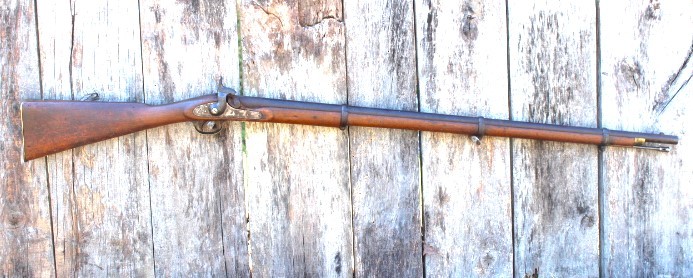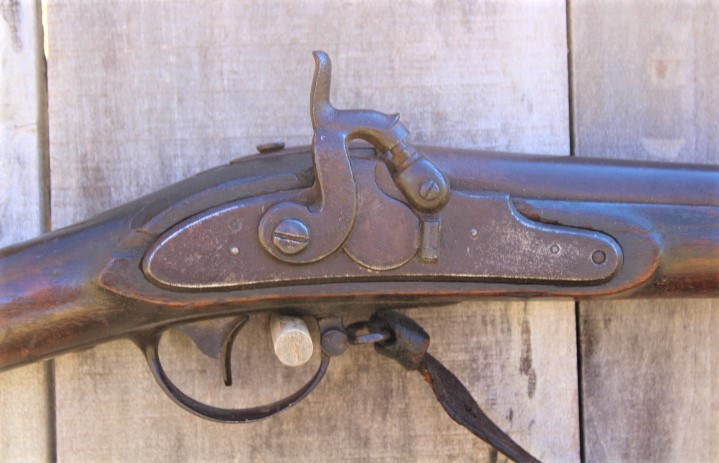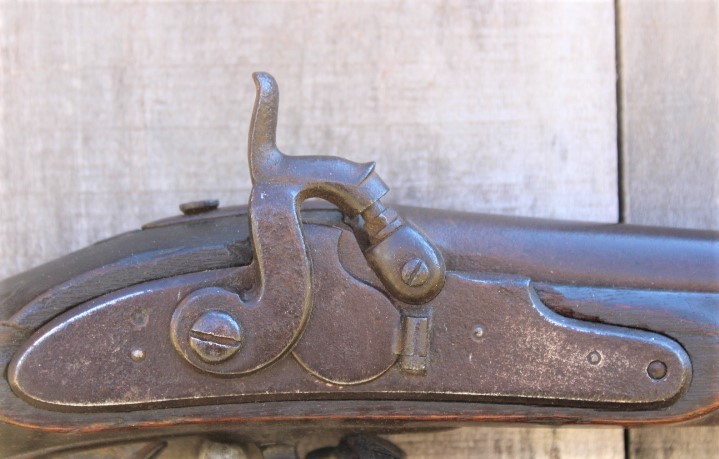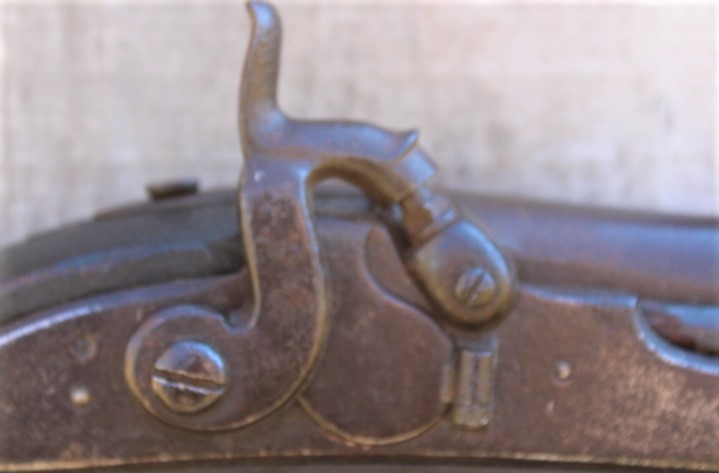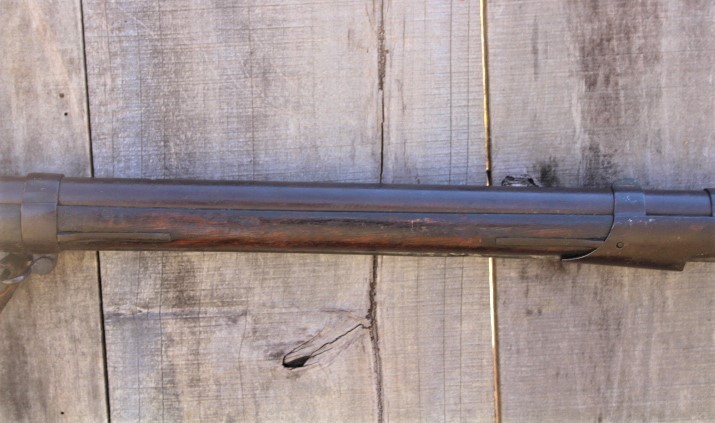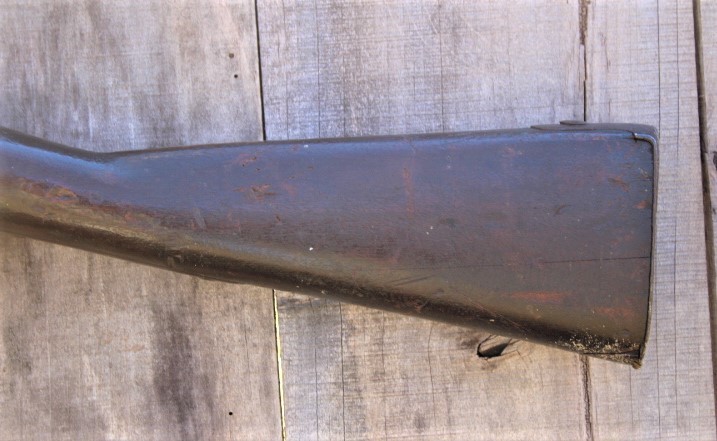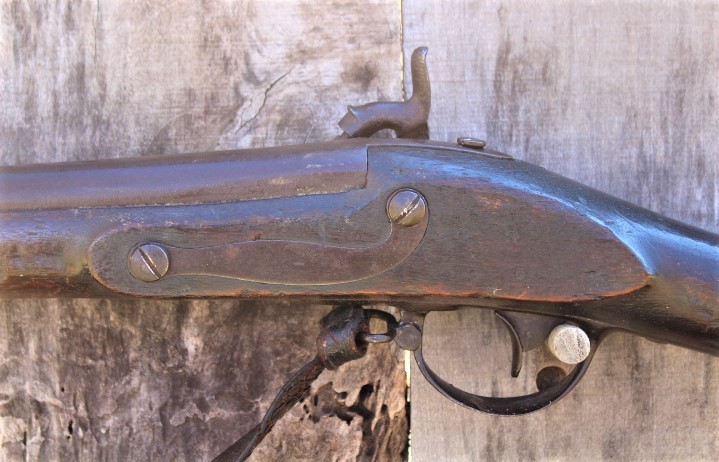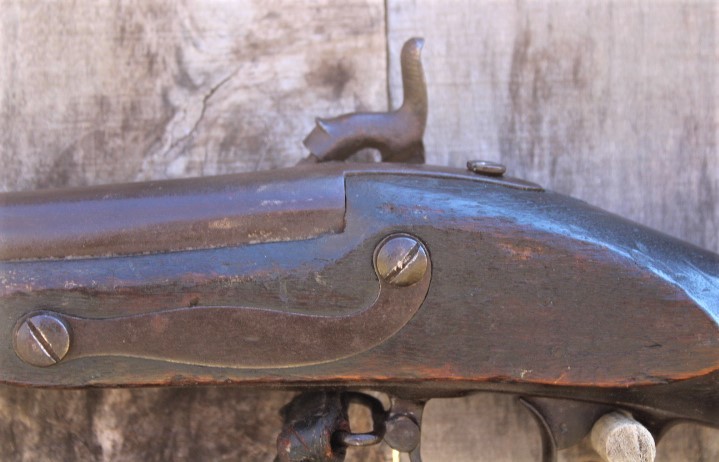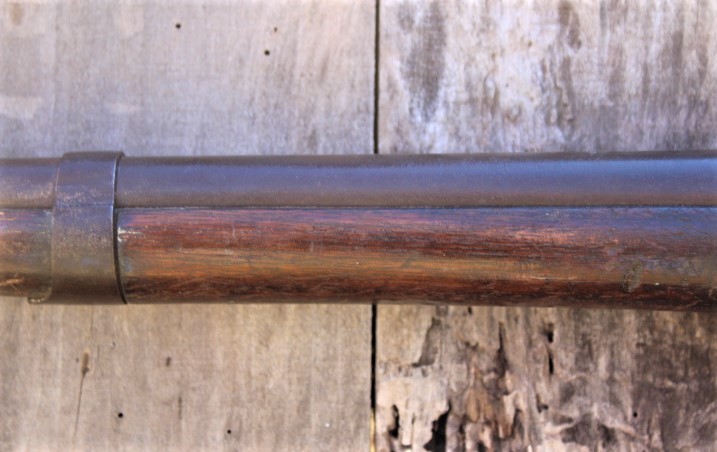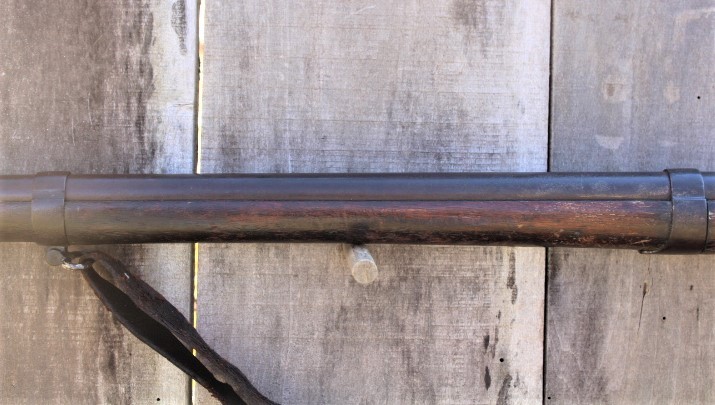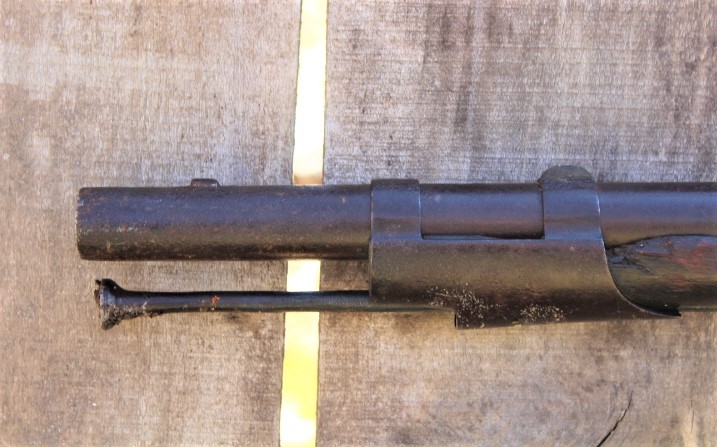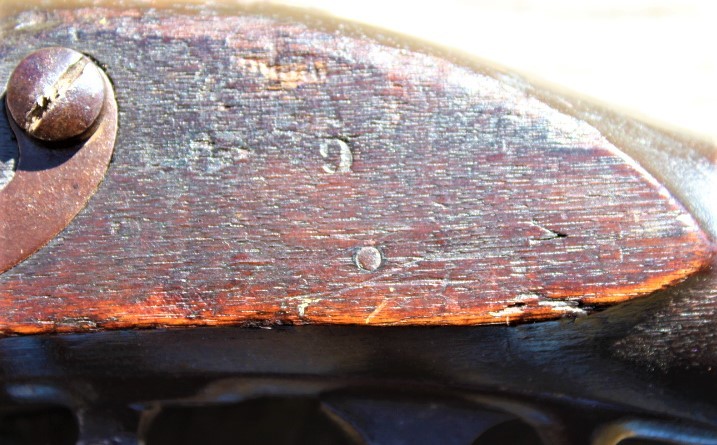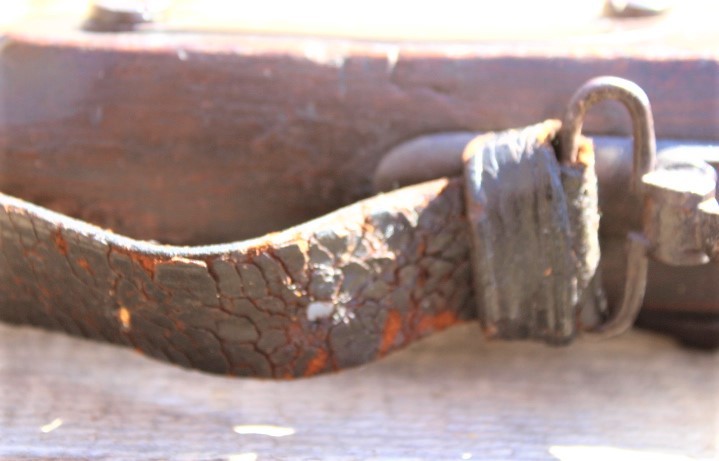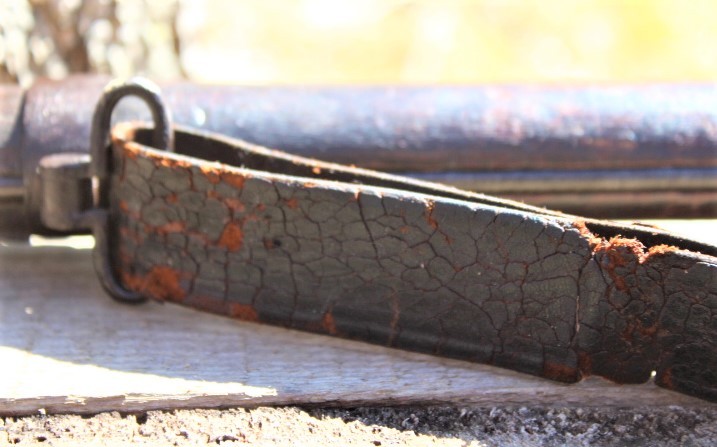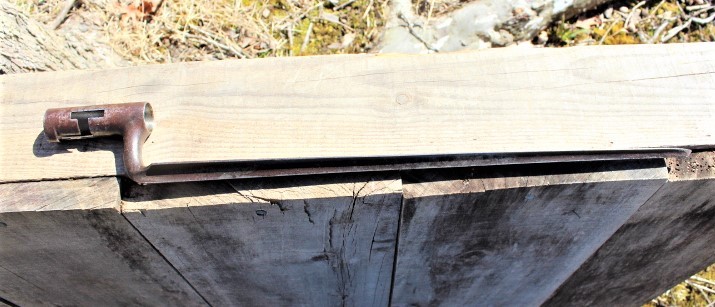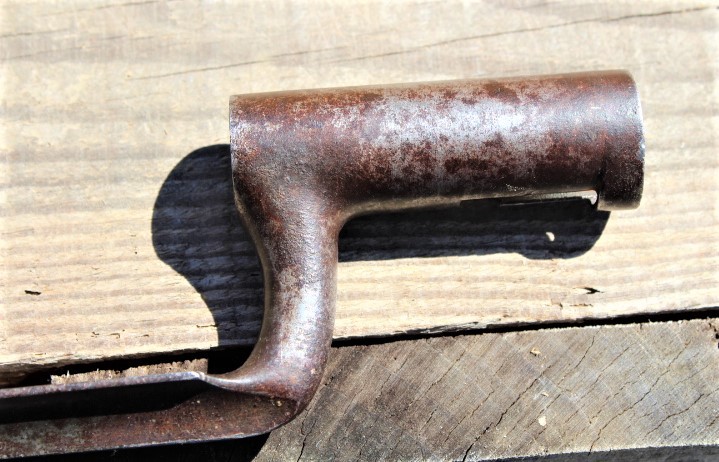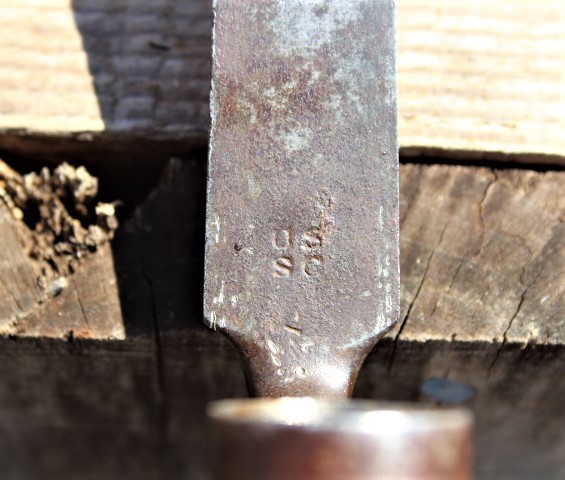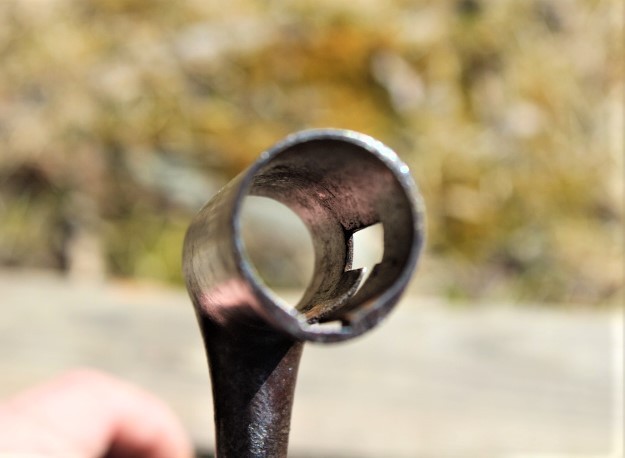City of Philadelphia Home Guard Model 1816 Conversion Musket
Item #: AA3088
This is a Model 1816 Springfield musket from the Civil War era. The musket was originally a smooth bore .69 caliber flintlock weapon that was converted for the Home Guard of the City of Philadelphia, Pennsylvania. Originally Philadelphia's Home Guard was authorized the use of 5,000 percussion muskets on loan from the Frankford Arsenal. These arms were subject to being recalled if required for use by the Federal government. Around 3,800 arms were issued for temporary use to the Philadelphia Home guard, but by October of 1861 the Ordnance Department was already recalling the weapons. By January of 1862 all arms on loan to the Philadelphia Home Guard had been returned to the Frankford Arsenal. The weapons on loan from the Frankford Arsenal were not the only arms the city had obtained. Purchasing agents had also turned to Philadelphia based arms retailer Joseph Grubb & Company, as well as international arms dealer Herman Boker & Company. Between the tow retailers the City of Philadelphia purchased 3,400 long arms. Among these long arms were 600 Prussian muskets, 500 Prussian Model 1849 German Federation Naval Muskets, 1,000 Enfield rifles and 1,300 chambered breech muskets with Maynard primer systems. This conversion Model 1816 musket is one of those 1,300 supplied by Grubb. This converted musket measures 57 1/2" in length with a 42" barrel. The barrel has a dark bore with rust and pitting throughout, and was never rifled. The exterior of the barrel has slight pitting and pin pricking at the breech end, mainly around the nipple. The remainder of the barrel has a smooth, pit free surface that exhibits a reddish brown patina. The three barrel bands have a matching reddish brown patina. The barrel has the top bayonet lug applied, the front sight on the rear strap of the double strap front barrel band is still present. There are no proof marks found on the barrel, or any other markings for that matter. The barrel tang is not dated. The lock plate, hammer, trigger guard and butt plate all have the same patina as the barrel and bands. The Model 1855 lock plate is unmarked, the Maynard primer tape door pinned shut and the hump ground down to enable to civilian pattern hammer to strike the nipple. The action is very crisp and the hammer holds both half and full cock. The hammer strikes the nipple strongly when the trigger is depressed. The trigger guard has rounded finials and the rear sling swivel is still on the trigger guard bow. The front sling swivel is on the middle barrel band. A well worn sling is still attached to the swivels. The side plate opposite the lock plate is also unmarked. The butt plate does not have the US markings on the tang. The button ramrod is still present but does not have the threaded portion still intact. The dark walnut stock is in fair condition. There are the usual bumps and dings from normal handling, and shows two stress cracks. One is on the left stock comb and extends from the butt plate out 4 1/4". The crack is very slight and appears to be stable. The second is on the right side of the stock beside the barrel tang. It extends back to the rear of the lock, but also appears to be stable. The barrel channel still shows pretty sharp edges all the way out to the front barrel band on the left side. There is some minor wood loss in that area, mostly hidden by the barrel band. There are no cartouches on the left stock flat, just a small letter C. The only other markings on the entire gun are the initials R.B. carved into the right stock comb near the butt plate. This is a nice example of a rarely seen musket converted for use in the American Civil War. It comes with an original configuration Model 1816 bayonet with the 9" fuller. The bayonet is stamped US/SC on the flat. It would make a fine addition to any US military long arms collection.
Shipping Weight:
9 lbs
Item # AA3088
(Sold)
We are currently not accepting on-line orders. If you see something you would like give us a call.

